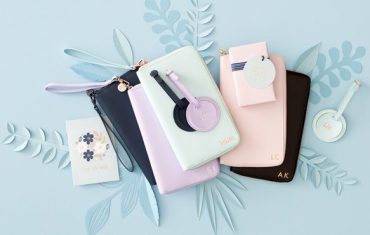A recent survey of major Australian retailers claims that many bricks and mortar businesses fail when it comes to communication and customer service.
Through a secret shopper style assessment, BE Brands surveyed 265 retailers over six months. Of these, only four brands received perfect scores of 100—Apple, Lush, Nespresso and The Body Shop—while a further 15 including Lorna Jane, Kikki K, Aesop and Gorman managed scores of 75 or above.
The businesses were judged using a six-part criteria including initial customer acknowledgement, first customer approach, brand story, staff passion/commitment, store look and feel, and consistency of experience with the website.
According to global brand commentator and owner of BE Brands, Simon Hammond, 60 per cent of businesses got zero for staff commitment while 30 per cent of businesses didn’t approach a customer within five minutes of entering a store.
“That’s a long time to be ignored when sales staff are not busy and a consumer is clearly there to shop,” he says. “It’s the basic premise of bricks and mortar retail: say hello, look happy to see a customer and ask if they need assistance. And one in three shops couldn’t do it.
“Retailers are wasting their money and unless there is a serious rethink of customer service, our retail industry will be decimated by overseas brands and online retail.
“Retail is theatre and staff should be the players, offering an experience above and beyond what a brand offers online.”
Hammond approached the survey using the BE Brands philosophy that values a business based on its ability to meet the three Bs: belief, belonging and behaviour.
“The best brands create tribes of people who are drawn to what the brand stands for, not merely what it sells… They train staff on why the brand exists, why it matters and ensure they are able to tell a story that’s linked to all other aspects of the brand.
“Australian-bred retailers have let international brands walk in and grab market share due to their investment in brands, as much as buying power and economies of scale.”
By Ruth Cooper







